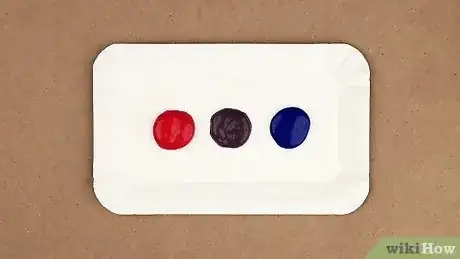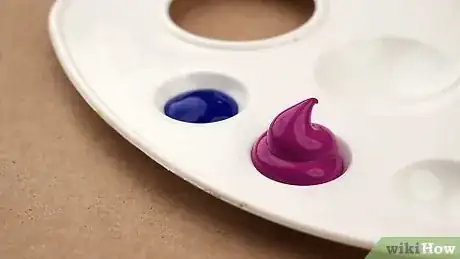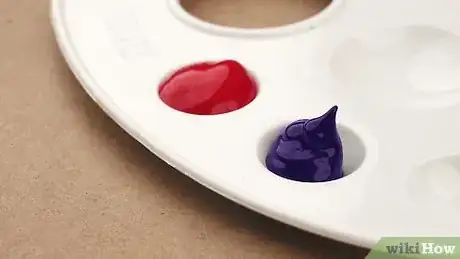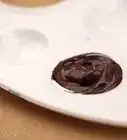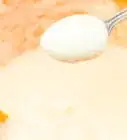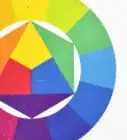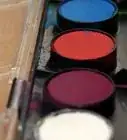This article was co-authored by Kelly Medford and by wikiHow staff writer, Kira Jan. Kelly Medford is an American painter based in Rome, Italy. She studied classical painting, drawing and printmaking both in the U.S. and in Italy. She works primarily en plein air on the streets of Rome, and also travels for private international collectors on commission. She founded Sketching Rome Tours in 2012 where she teaches sketchbook journaling to visitors of Rome. Kelly is a graduate of the Florence Academy of Art.
There are 8 references cited in this article, which can be found at the bottom of the page.
This article has been viewed 31,161 times.
Which two colors make magenta? At the most basic level, you can make magenta by mixing red and blue. But there are a few ideal red and blue hues, plus tricks that’ll elevate your color mixing skills. As you get ready for your next painting project or artistic endeavor, we’ll show you exactly how to mix magenta paint and what proportions to use. We’ll even cover how to adjust the saturation and tint of your paint until you get a truly perfect magenta.
Steps
How to Make Magenta Paint
-
1Mix 50-50 ratio of blue and red paint.[2] Whether you’re using acrylic, oil, or watercolor paint, load your brush with red paint and transfer the paint onto your palette or mixing surface. Load the brush again with an equal amount of blue paint. Gently dab the blue into the red and swirl the colors together on your palette.[3]
- If you’re using a strong blue like ultramarine or Prussian blue, add only a little bit at a time because those intense blues can overpower the red.
- Always experiment with your colors and ratios. Slowly add different colors until you get to the right value (how light or dark the color is) and then the right hue (color).
-
2Adjust the hue by adding either blue or red. Add more blue to tip your magenta more towards violet.[4] Add more red if you’re looking for a maroon or fuschia color.
-
3Darken magenta paint with black or dark green. Load up a small amount of the darker color onto your brush. Dab it into the magenta and mix. Keep adding more of the dark color until you get the exact shade you want.[5]
- If you don’t have black paint, mix ultramarine blue and raw umber.
- Green is a complementary color to magenta, so it will lower the saturation (or richness) of the magenta as you add it.
-
4Lighten magenta paint with white or yellow. You can add titanium white to make magenta lighter, but the white will also change the saturation of the color. As a result, you’ll get a weaker or chalkier magenta. To preserve the magenta’s rich hue but lighten the color, add yellow instead. Just keep in mind that adding yellow will change your magenta hue and make it warmer.[6]
References
- ↑ https://www.youtube.com/watch?v=PEaddv0p9D4&t=17s
- ↑ https://www.colorpsychology.org/magenta/
- ↑ https://youtu.be/PEaddv0p9D4?t=52
- ↑ https://www.youtube.com/watch?t=131&v=PEaddv0p9D4&feature=youtu.be
- ↑ https://drawpaintacademy.com/color-mixing/
- ↑ https://drawpaintacademy.com/color-mixing/
- ↑ https://thefrugalcrafter.files.wordpress.com/2019/02/blog_lindays_color_substitutions.pdf
- ↑ https://www.justpaint.org/wp-content/uploads/2015/06/QuinViovsQuinMag.pdf
- ↑ https://scholarblogs.emory.edu/artsbrain/2020/12/02/magenta-doesnt-exist/
